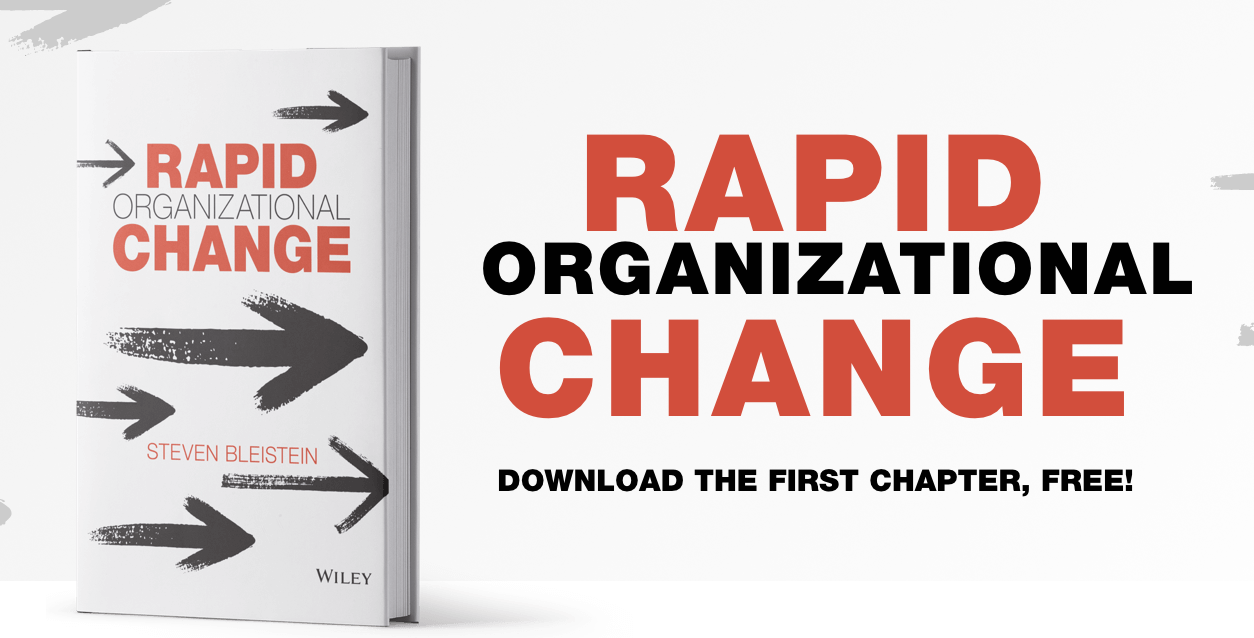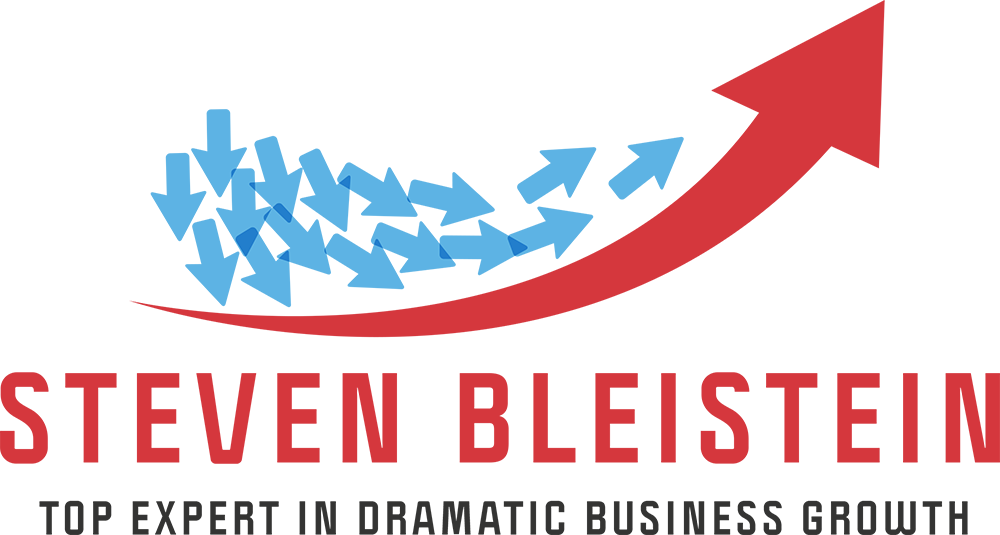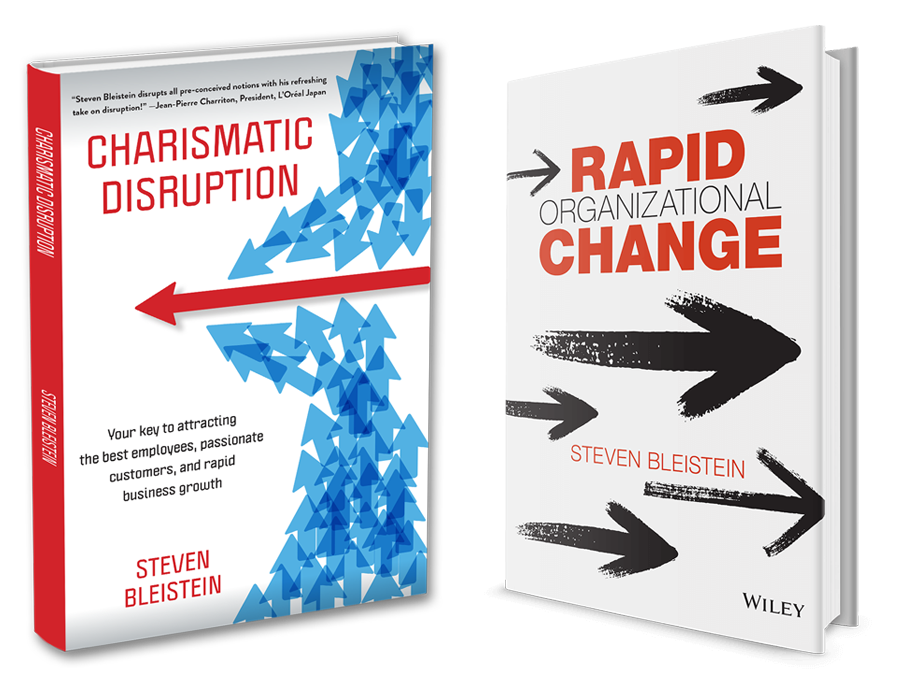[:en]As 2018 comes to a close, I foresee three trends based on my experience with clients. Here are business trends to keep an eye on in 2019.
1. Companies will cut business as a growth strategy.
The dearth of qualified labor will continue to bedevil businesses throughout 2019. That will surprise no one. However, successful companies will not allow the lack of people to limit their growth, nor will they turn to artificial intelligence and automation as a panpharmacon. Rather, they will ruthlessly cut business—even profitable business—to make room for growth.
The key to cutting for growth is minimizing labor intensity, which is to say how much effort and labor does it take to achieve what value. Low labor intensity generates higher value with the same number of people or even fewer. The only catch is that, to transition to a higher value, businesses require a higher level of individual capability among staff—better business acumen, ability to think and act independently without fear of failure, viewing failure as learning, and comfort with ambiguity to name a few. My most successful clients invest heavily in their best people for this reason. They are not squeamish about firing people who don’t learn and improve. They apply strict standards in hiring without compromise. Do you do the same?
2. There will be a growth in the service business even for product companies.
Growth in the service business for a company that sells services is a no-brainer, but for product companies, it is less evident. Many of the product manufacturing companies I know charge customers only for the product they sell and give away the service for free, even though the service can be just as valuable if not more valuable than the product itself. Their leaders view service only as a sales or marketing tool and something with little inherent value. However, many of my clients, who are selling highly technical products that are used in complex product designs, are part of a long supply chain leading to a final product or a highly distinct added ingredient in a final product offer. Their customers attach tremendous value to expertise in manufacturing, production, product improvement, streamlined manufacturing, and reduced risk of requirements failure upstream in a product lifecycle that my clients often give away gratis. Some of my customers are even involved in the product design process early on, advising how to achieve the capabilities demanded by their market. What product company would not want that kind of expertise?
Growth through services is one way that a product company can get a return on the expertise of its people and grow the business without having to add more people. Such is also one tactic for reducing labor intensity. Share on XIn addition, services tend to be impervious to trade wars, something which is on the mind of many business people as I write this.
3. Scales will fall from the eyes of aficionados of artificial intelligence and automation.
Expectations from artificial intelligence and automation are excessive, and many managers incorrectly believe that these can replace humans. However, there is no ersatz for human empathy and judgment, and outsourcing these to a machine is not without danger.
I wrote last week about how Amazon not long ago developed a system to identify the best managers with strong leadership capabilities early on in their careers in order to eliminate human bias in human selection. The system unexpectedly, however, displayed an aggressive bias toward men, never recommending women candidates. The machine merely mimicked male-dominated leadership biases of the company with a perfection that even humans could not match. Amazon abandoned the system.
Imagine what would have happened at Amazon if they had kept the system in place.
Would managers ignore or go against the machine? I have my doubts. HR directors frequently tell me how they rely on expert systems because “machines are unbiased.”
Artificial intelligence and automation will also lead to increasingly unforeseen failures of the kind that they were ostensibly intended to prevent. Not long ago, I read about how a self-driving car drove off the edge of a bridge under repair because of the driver’s over-reliance on the car’s navigation system. In Los Angeles, an inebriated man got behind the wheel of his Tesla and passed out while on the highway with automatic driving engaged. The car duly stayed in its lane and maintained a constant distance between it and the car ahead. It was fine as long as conditions did not change—unlikely on any highway in a major city to say nothing of in Los Angeles. The California Highway Patrol had to maneuver a patrol car in front of the Tesla and gradually reduced speed until the car’s autopilot brought it to a stop.
I have to ask myself if this man’s confidence in his ability to drive home safely was not boosted because of the automated features of his Tesla. Automation has the side effect of emboldening fools.
So be on the lookout for these trends in your business, or otherwise make your own trends for 2019. Wishing you a happy and safe holiday season and success in the new year!
I have identified five common characteristics of robust strategy among my most successful clients.
If you would like to know what these are and where your business stands, send me an email, and I will send you a free PDF.
 [:ja]2018年も終わりに近づいてきましたが、クライアントの方々とお仕事をさせて頂きながら、私には3つのトレンドが見えてきました。2019年に注目するべきビジネストレンドだと思われますので、ここにシェアさせて頂きます。
[:ja]2018年も終わりに近づいてきましたが、クライアントの方々とお仕事をさせて頂きながら、私には3つのトレンドが見えてきました。2019年に注目するべきビジネストレンドだと思われますので、ここにシェアさせて頂きます。
1. ビジネス成長の戦略として、企業はビジネスラインを減らして行く。
2019年も、優秀人材不足はビジネスの悩みの種となり続けるでしょう。そのこと自体は特に驚くべきことではありませんが、成功している企業であれば、人材不足のためにビジネスが伸びないなどということを受け容れる訳がありませんし、人工知能やオートメーション化を取り入れることで問題解決を行うとも思われません。こういった企業が行うのは、成長のための余地を作るために、例え今利益を出しているエリアであっても、情け容赦なくビジネスをカットすることでしょう。
成長のためにビジネスをカットする際に大切なことは、労働密度を最低限に抑えることです。つまり、どのような価値を生み出すためにどれだけの努力と労力が必要か、ということです。労働密度が低ければ、同人数、あるいはより少ない人数でも、さらに高い価値を生み出す、ということになります。ここで唯一の難点は、価値を上げようとすると、スタッフ個人個人に必要とされる能力もさらに高いレベルのものになるということです。例を挙げると、ビジネスの正確さ、失敗を恐れずに考えて自主的に行動する能力、失敗から学ぶ姿勢、曖昧な状況にも不安に陥らないメンタル、といったものです。私のクライアントの中でも成功している方々は、まさにこの理由のために社の優秀な人材にはかなりの投資を行っています。また、学習も改善もしないような社員は、容赦無く解雇しています。雇用の際には、妥協することなく高い基準を使用します。あなたの会社ではどうでしょうか。
2. 商品販売を行う企業であっても、サービスビジネスの成長が見られる。
サービスを販売する企業においてサービスビジネスが成長するというのは明らかですが、商品を扱う企業にとっては、それ程わかりやすいものではありません。私が知っている製品製造業企業の多くは、製品にのみ値段を付け、サービスの方はただで提供しています。サービスもその製品自体と同じくらい、また場合によってはそれ以上の価値があるというのにです。こういった企業のトップは、サービスを営業やマーケティングのツールとしか見ておらず、それ自体に価値は殆どないと思っているのです。しかし、複雑な製品デザインに使われている高技術製品を販売している私の多くのクライアントは、長いサプライチェーンの一部であったり、最終の商品に高付加価値を与えていたりします。そして彼らの顧客は、製造、生産、製品改良、合理化された製造プロセス、商品ライフサイクル初期の必要内容失敗のリスク軽減、といったものに大きな価値を見出しているのですが、彼らはそのようなものをしばしばただで提供しています。私のクライアントの中には、商品デザインプロセスに早くから関わり、市場が必要としている機能を取り入れるやり方についてアドバイスまでしている人達もいます。商品を扱う企業であれば、こういったエキスパートからの情報を欲しがる筈です。
商品を販売する企業が、社のスタッフの専門知識から利益を出し、社員を増やすことなくビジネスを成長させるための方法の一つは、サービスの提供によるものである。それは労働密度を下げる方法でもある。 Share on Xまた、サービスは貿易戦争にも影響を受けないという傾向があります。貿易戦争は現在、ビジネス界で多くの人々の悩みの種となっていますね。
3. 人工知能やオートメーションの信仰者の目から、鱗が落ちるであろう。
人工知能やオートメーション化への期待は度を過ぎたものがあり、多くのマネージャー達は人工知能が人間の代わりとなる、などと信じているようですが、それは間違っています。人間の感情や判断力に代わるものなどなく、それらを機械に任せてしまうことは危険を伴います。
先週の記事にも書きましたが、アマゾンが社員の中でもリーダーシップ能力に優れた人材を早めに見定めるのに、選定の過程での偏見をなくす為、それを代わりに行うシステムを開発したことがありました。ところが意外なことに、そのシステムは男性に対して有利な偏見を示し、女性を推薦することは全然なかったのです。その機械は男性主導であった会社の偏見を単に模倣していたわけで、しかも人間にもできないほど完璧にそれを行っていたのでした。アマゾンは結局このシステムの使用を中止しました。
もしアマゾンがこのシステムを使い続けていたら、と考えるとゾッとしますね。
機械からのアドバイスに、人間であるマネージャーは従うでしょうか、それともそれに反した行動を取るでしょうか。人事の責任者からよく聞くのですが、彼らは「機械には偏見がないから」という理由から、専門のシステムには頼ってしまうのだそうです。
人工知能やオートメーションはまた、表向きは防ぐようにデザインされている筈の予期できないような障害の原因となることがあります。最近読んだニュースには、自動運転車が工事中の橋の橋から落ちてしまった、というものがありましたが、その理由は乗っていたドライバーが車に搭載されていたナビゲーション・システムを過剰に頼っていたからでした。またロサンゼルスでは、酔っ払った男性が高速道路で自動運転モードになっていたテスラの中で眠りこみ、結局、ハイウェイパトロールが苦労してそのテスラをストップさせなければならなかった、という事件がありました。一般の高速であれば問題のないような自動運転ではあったのですが、ロサンゼルスのような街の高速では事情が違います。自動運転はロサンゼルスの特殊な状況に対応した運転ができず、このような問題を起こしてしまったのでした。
このテスラに乗っていた男性は、テスラに自動機能があるからちゃんと家に帰れるという自信があったのでしょうか。自動化にはバカな人々に自信を与える、という副作用もあるのですね。
という訳で、上記の3つのビジネストレンドには注目して頂きたいと思います。もしくはあなたご自身でトレンドを作り上げてください。
良いホリディ・シーズン、そして素晴らしい新年を迎えられますよう。
私はクライアントの中でも素晴らしい成功を収めている方々を見ていて、そのしっかりした戦略の中に5つの共通点があることに気が付きました。
もしその共通点に興味があり、またあなたご自身の会社の位置づけを知りたいとお考えでしたら、メールでご連絡頂ければ無料のpdfをお送りいたします。


